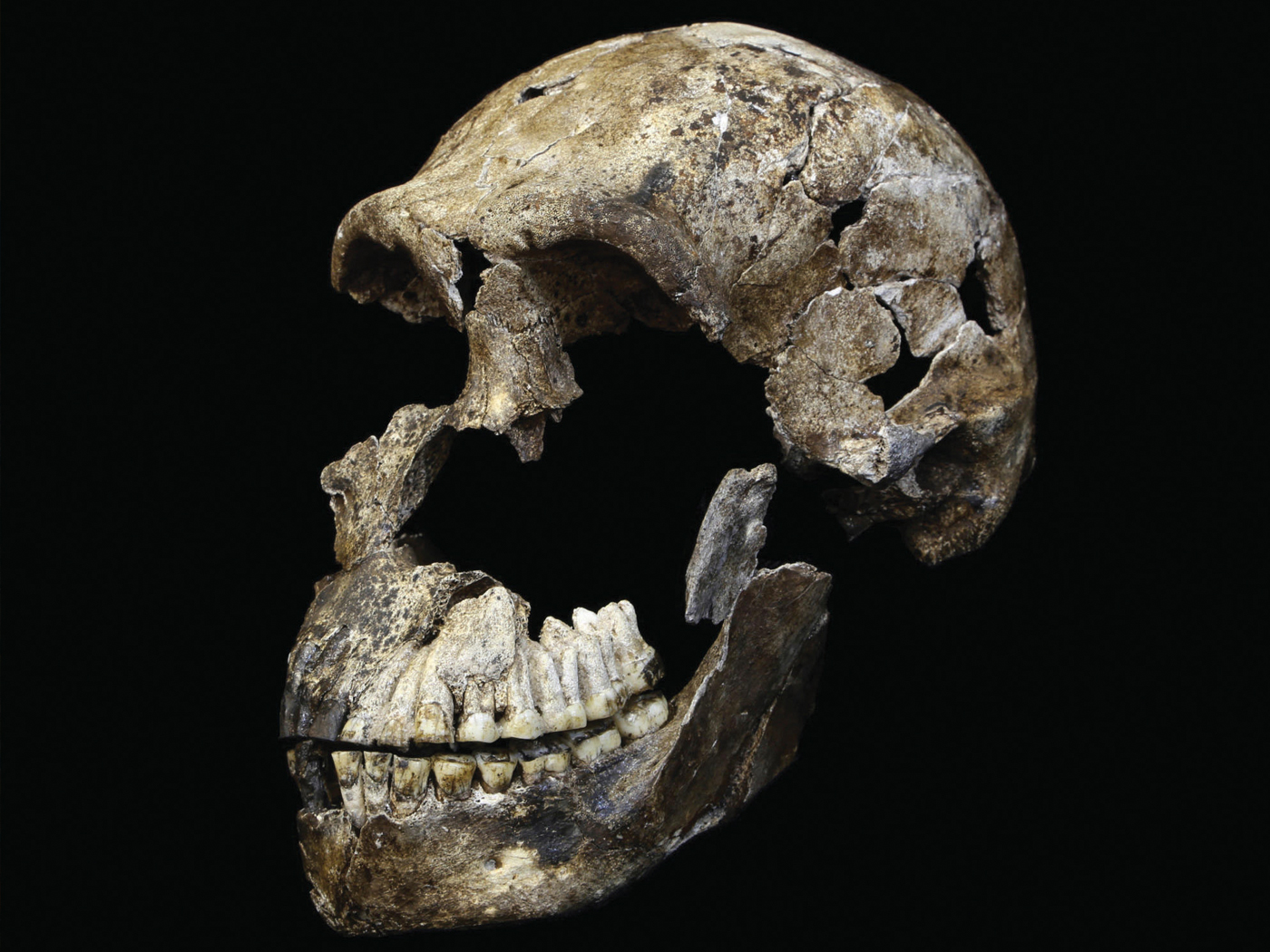This month the American Academy of Neurology published a medical science study showing that senior women can fight air pollution hazards, including brain shrinkage, by eating seafood rich in omega-3 fatty acids.1-3
As the researchers defined an “older woman” as being between the ages of 65 to 80 (with an average of 70), which surely includes quite a few grandmothers.4
That’s the plain English version. The neurological study had a more technical objective as its official investigative purpose.
How was this research conducted? What qualified as the right kind of fish (or other kinds of seafood) that helps to mitigate the effects of air pollution on brain health?
Researchers measured the amount of omega-3 fatty acids in their red blood cells and then divided the women into four groups based upon the amount of omega-3 fatty acids in their blood. Researchers used the women’s home addresses to determine their three-year average [during 1996-1999] exposure to air pollution. Participants then [during 2005-2006] had brain scans with magnetic resonance imaging (MRI) to measure various areas of the brain including white matter, which is composed of nerve fibers that send signals throughout the brain, and the hippocampus, the part of the brain associated with memory.1
So, what were the findings of this study of 1,315 senior women? The results were stark, especially as to the comparable levels (brain volume metrics) of “white matter,” especially when correlated to air pollution indices.
The quantitative results were quite specific, as a function of air pollution mitigation.
Of course, we need look no further than Scripture to see that eating fish is a nutritiously healthy choice. To illustrate how certain foods are beneficial, the Lord Jesus Christ selected fish and eggs, both rich in proteins and other necessary nutrients.
Notice that fish is recognized as a “good gift” to be given to one’s children. Of all the examples that Christ could have chosen when giving this hypothetical, He chose to identify fish as good for eating.6
And as this recent neurological health study shows, fish and other seafood (unless deep-fried) provides long-chain omega-3 polyunsaturated fatty acids (LCn3PUFAs) that can help human brains to resist air pollutant-caused harms to the brain’s “white matter,” as well as otherwise helping our blood system’s erythrocytes.1-3
As you strive to protect your brain—whether you are a “senior” woman or not—consider the benefits of enhancing your diet with finfish and shellfish rich in omega-3 fatty acids. And thank God for making these wonderful sea creatures, as well as for the hard-working humans who fish for and market seafood for your benefit.6,7
References
1. Staff writer. 2020. Does Eating Fish Protect our Brains from Air Pollution? ScienceDaily. Posted on sciencedaily.com July 15, 2020, accessed July 27, 2020.
2. Chen, C., P. Xun, J. D. Kaufman, et al. 2020. Erythrocyte Omega-3 Index, Ambient Fine Particle Exposure, and Brain Aging. Neurology. Posted on neurology.org July 15, 2020, accessed July 27, 2020. The results were expressed technically, of course: “After adjustment for potential confounders, participants with higher levels of RBC LCn3PUFA had significantly greater volumes of white matter and hippocampus. For each inter-quartile increment (2.02%) in omega-3 index, the average volume was 5.03 cm3 (P<0.01) greater in the white matter, and 0.08 cm3 (P=0.03) greater in the hippocampus. The associations with RBC DHA and EPA levels were similar. Higher LCn3PUFA attenuated the inverse associations between PM2.5 exposure and white matter volumes in the total brain and multi-modal association areas (frontal, parietal, and temporal; all P for interaction <0.05), while the associations with other brain regions were not modified. Consistent results were found for dietary intakes LCn3PUFAs and non-fried fish.” However, the conclusion is easy enough to understand: “Findings from this prospective cohort study among elderly women suggest that the benefits of LCn3PUFAs on brain aging may include the protection against potential adverse effects of air pollution on white matter volumes.”
3. Staff writer. 2020. N3-PUFAs May Protect the Brain from Effects of Air Pollution. HealthDay News. Posted on healthday.com July 15, 2020, accessed July 27, 2020. Omega-3 fatty acid-rich foods include cold-water fish (including salmon, trout, charr, mackerel, tuna, herring, and sardines), various crustaceans (including Dungeness crab, Norwegian lobster [Nephrops norvegicus], Maine lobster, and various shrimp varieties), and mollusk bivalves (including oysters, mussels, clams, and scallops). For a creationist summary of North Atlantic shrimp ecology and fisheries, see Johnson, J. J. S. “Littoral Treasures of Pink Gold, Illustrating Psalm 107:23-24—Great Northern Prawn [Pandalus borealis], Baltic Prawn [Palaemon adspersus], and Brown Shrimp [Crangon crangon],” Leif Eiriksson Rekefest Lecture Series (Norwegian Society of Texas, Arlington, Texas, September 28, 2019).
4. My mother-in-law felt insulted on being told by a physician, that her body was “worn out” because she was “old”—at the time she was about 104 years old! Yet by God’s generous grace she continued to live on until 3 days shy of her 106th birthday.
5. Quoting Matthew 7:9-11. See, likewise Luke 11:11-13. There are many other nutrition and health science studies that corroborate the healthiness of eating fish and shellfish rich in omega-3 fatty acids. For example, regarding beneficial anti-inflammatory effects, see the Norwegian University of Science & Technology study published as Mildenberger, J., I. Johansson, I. Sergin, et al. 2017. N-3 PUFAs Induce Inflammatory Tolerance by Formation of KEAP1-containing SQSTM1/p62-bodies and Activation of NFE2L2. Autophagy. 13 (10): 1664-1678.
6. According to Acts 14:17, good food is actually an irrefutable proof of God’s caring providence for humans. See Johnson, J. J. S. 2011. Our Daily Bread: How Food Proves God’s Providence. Acts & Facts. 40(3):8-9. See also 1 Timothy 4:1-5 and 1 Corinthians 10:31.
7. Johnson, J. J. S. 2020. Fish Farming Feeds Scots, But It’s Not Getting Easier. Creation Science Update. Posted on ICR.org April 21, 2020, accessed July 27, 2020. See also Johnson, J. J. S. 2015. Nordic Salmon Farming: Responding to the Genesis Mandate. Nordic Legacy Series (Norwegian Society of Texas, Fort Worth: April 26, 2015).
*Dr. Johnson is Associate Professor of Apologetics and Chief Academic Officer at the Institute for Creation Research.









